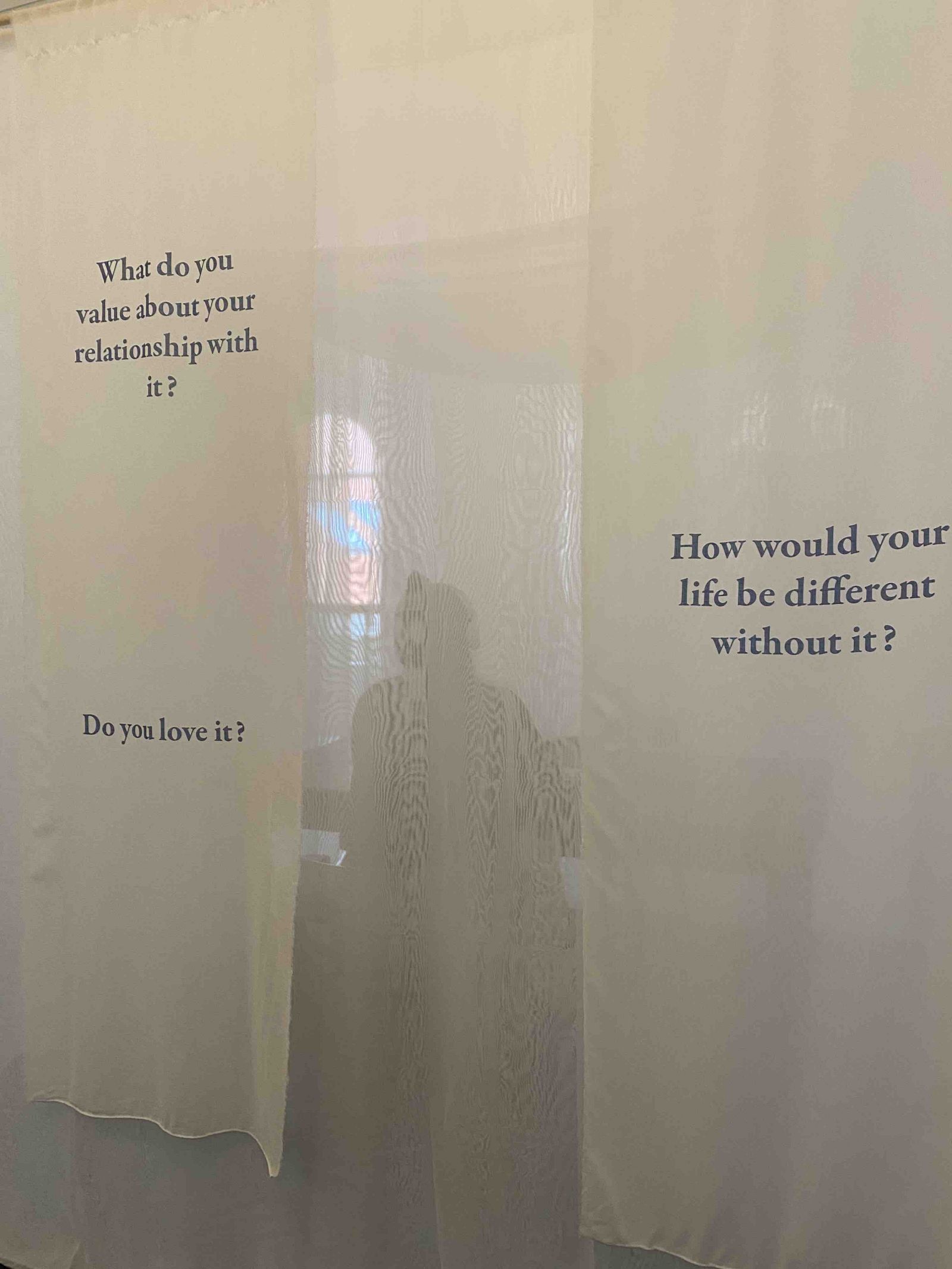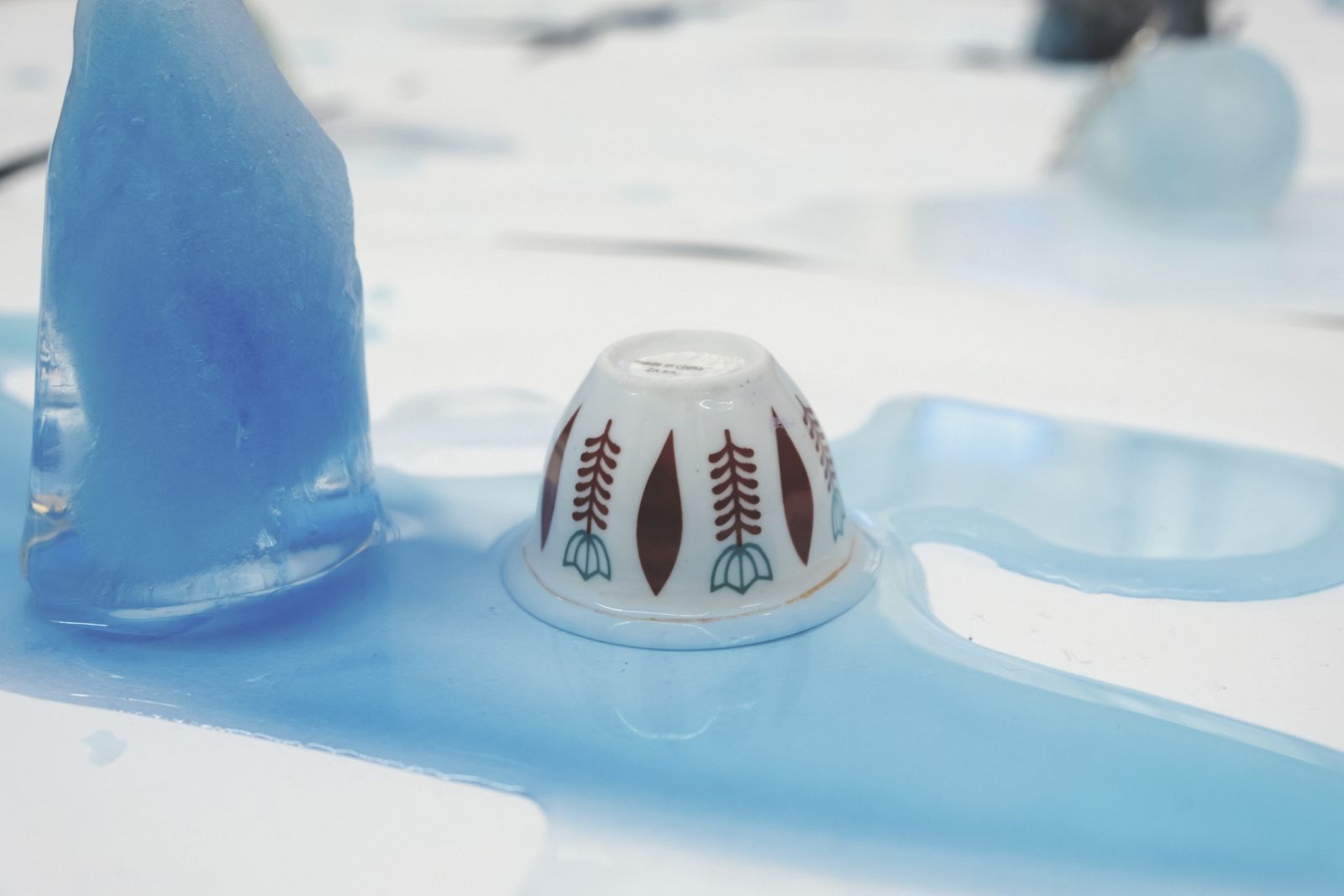
Asia Maria Andreolli
Keywords: Memory, Heritage, Stories
Reading Mementos is a project that explores the sentimental value of personal objects through conversations and storytelling. Through a series of conversations held in three different locations using a deck of question cards, participants discursively uncovered the layers of value, use, meaning, and intimacy in their mementos. The installation features white fabric panels with questions printed on their surface, a table, and a cabinet displaying a collection of objects. The intimate space serves as a place to engage in private conversations. The project emphasises how ordinary items become bearers of memories and hidden stories that can be told only by their owners. This research underscores that the reasons for keeping certain objects are deeply rooted in personal heritage and stories, highlighting the intangible value within these motivations. The work seeks to create lasting sentimental relationships with existing objects and focuses on the enduring power of the tangible and the remembered.
Thinking of significant objects, I designed a deck of cards titled Reading Mementos. Later, I invited several people to meet me at three different locations where potentially significant objects are collected. We met at Westfield, The Mall of the Netherlands in Leidschendam; at the second-hand market in Lange Voorhout, Den Haag; and at the Depot Bojimans Van Beuningen, Rotterdam. Positioning myself as a host and a guide, I facilitated a series of conversations with the mementos belonging to the participants at the heart of each session. We concluded with a reading of objects, where participants initiated a reflective dialogue around the different layers of sentimental and personal values concerning their mementos and their ways of collecting.
What people gained from this series of conversations was a re-evaluation of their objects, especially by asking themselves why they kept them. By referring to objects as mementos, they suddenly took on a distinct but not necessarily more important role. Through storytelling and reflections about objects, participants began to perceive mementos as bearers of stories, and different levels were revealed that distinguish them from one another, such as their value, use, meaning, and associated intimacy.
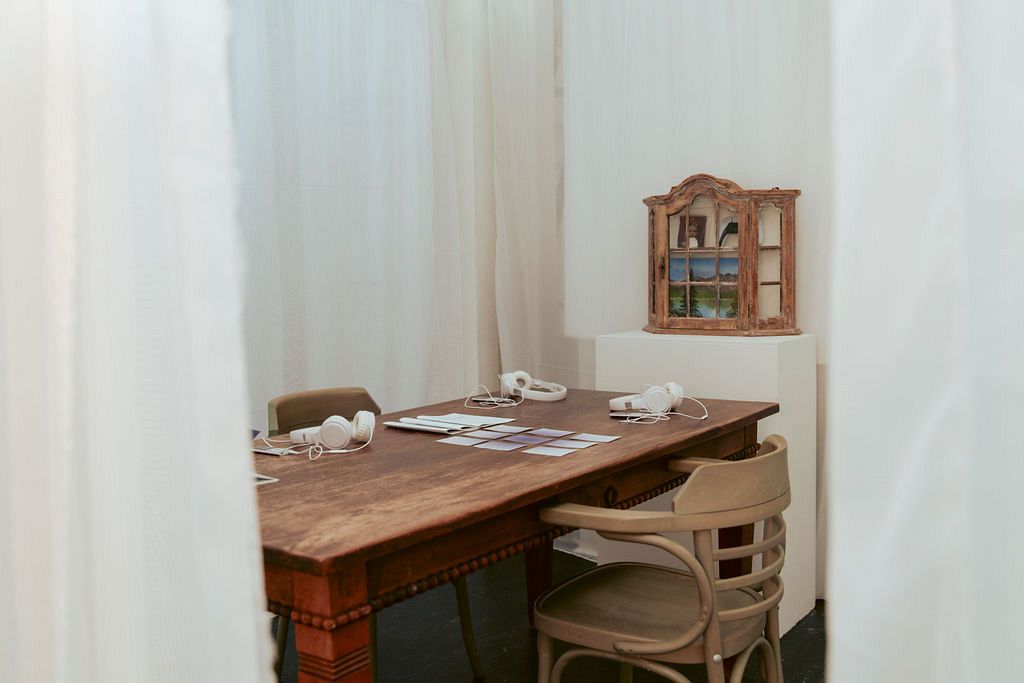

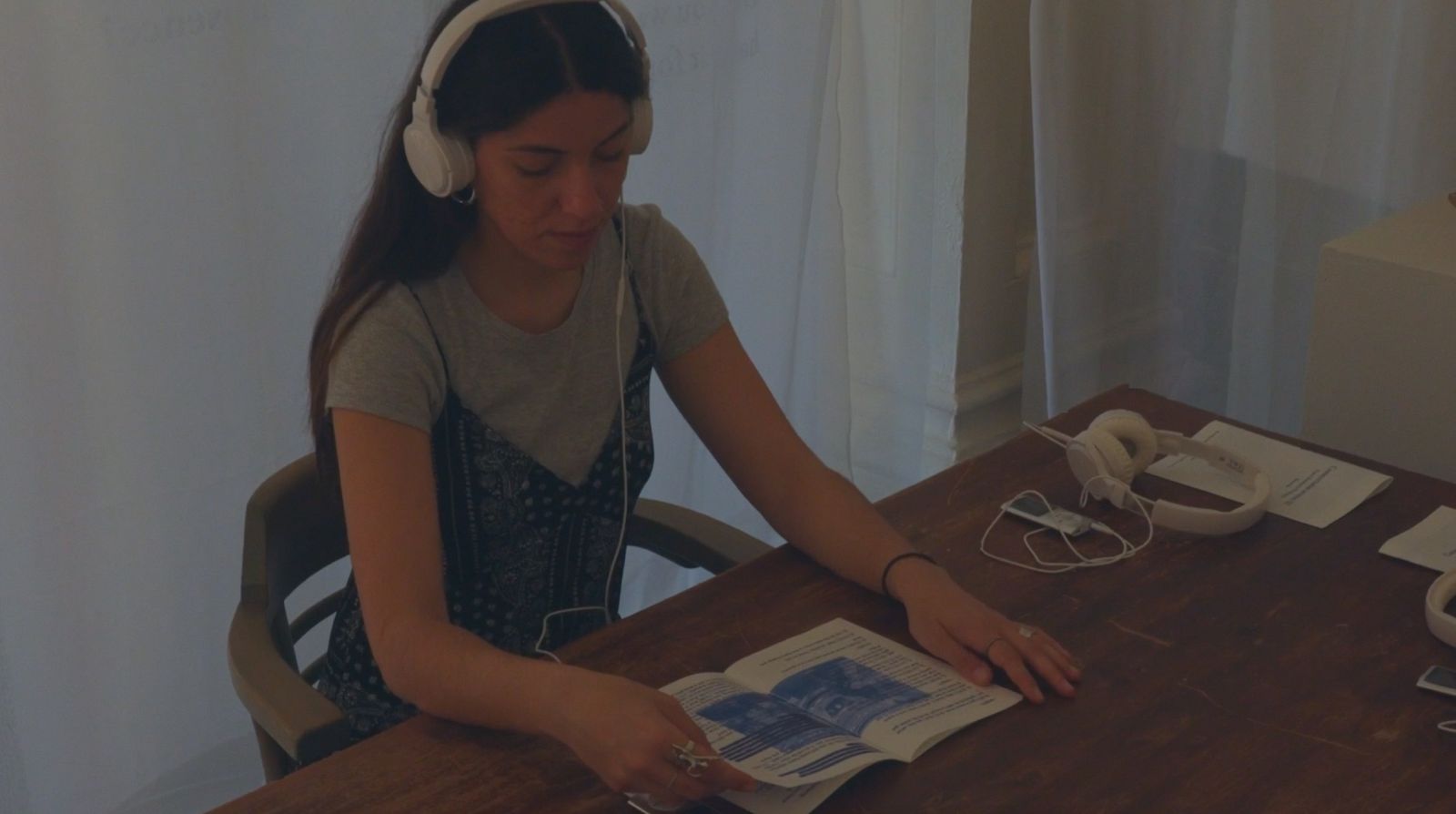
What people gained from this series of conversations was a re-evaluation of their objects, especially by asking themselves why they kept them. By referring to objects as mementos, they suddenly took on a distinct but not necessarily more important role. Through storytelling and reflections about objects, participants began to perceive mementos as bearers of stories, and different levels were revealed that distinguish them from one another, such as their value, use, meaning, and associated intimacy.
The installation consists of panels of white fabric that wave from the ceiling, some with questions printed on their surface: ‘Does it embarrass you?’, ‘Does it hold the key to your identity?’, ‘How would your memory be reshaped in its absence?’ The textiles are positioned to create a close and semi-hidden inner space that hosts a configuration of seats around a table. Amidst these layers of fabric, right next to the table, is a wooden cabinet that displays a series of objects. This new enclosed space serves as a place to engage in private conversations about mementos, facilitated by the Reading Mementos deck of cards to support the unfolding of a convivial and shared moment.
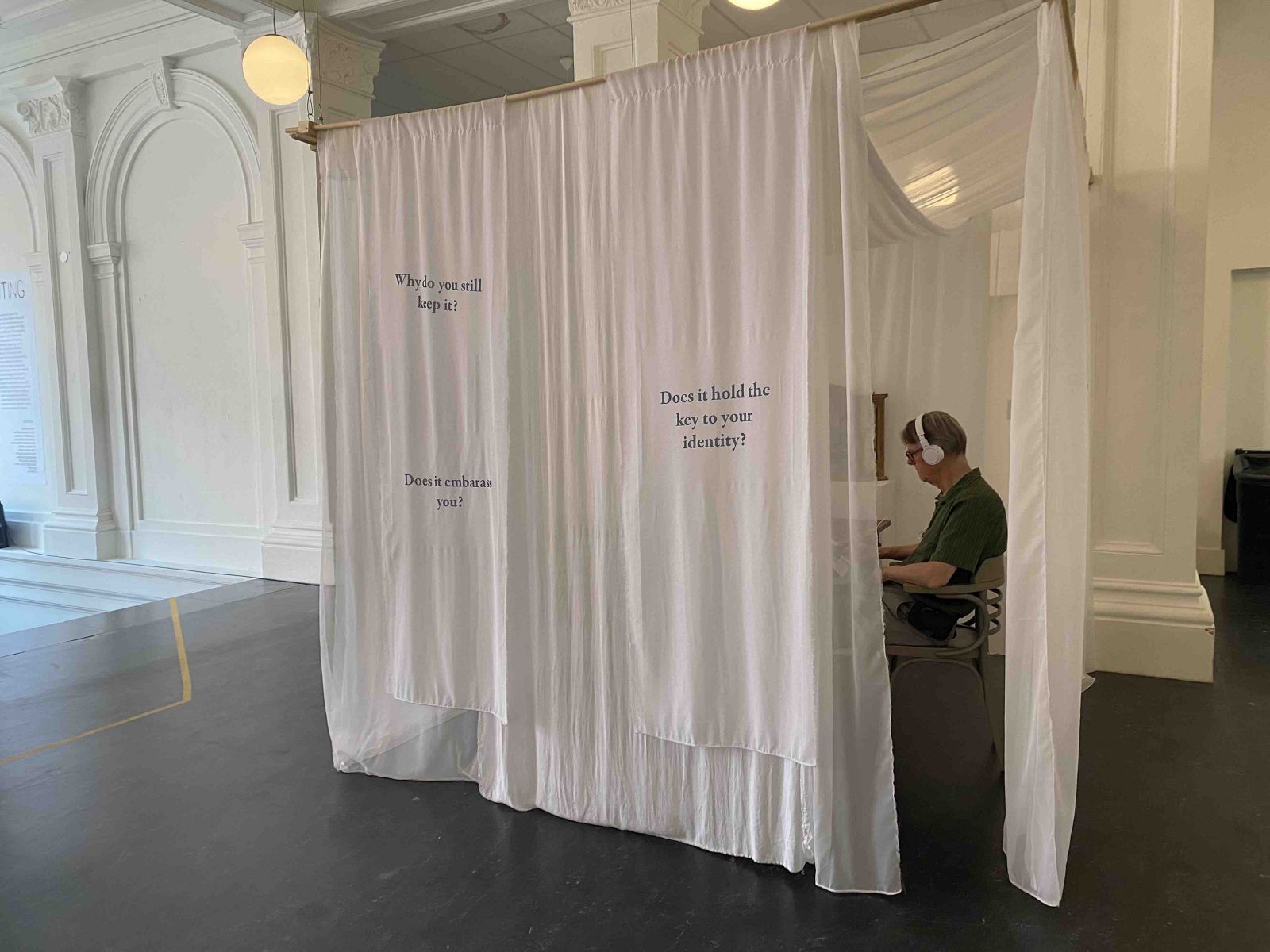
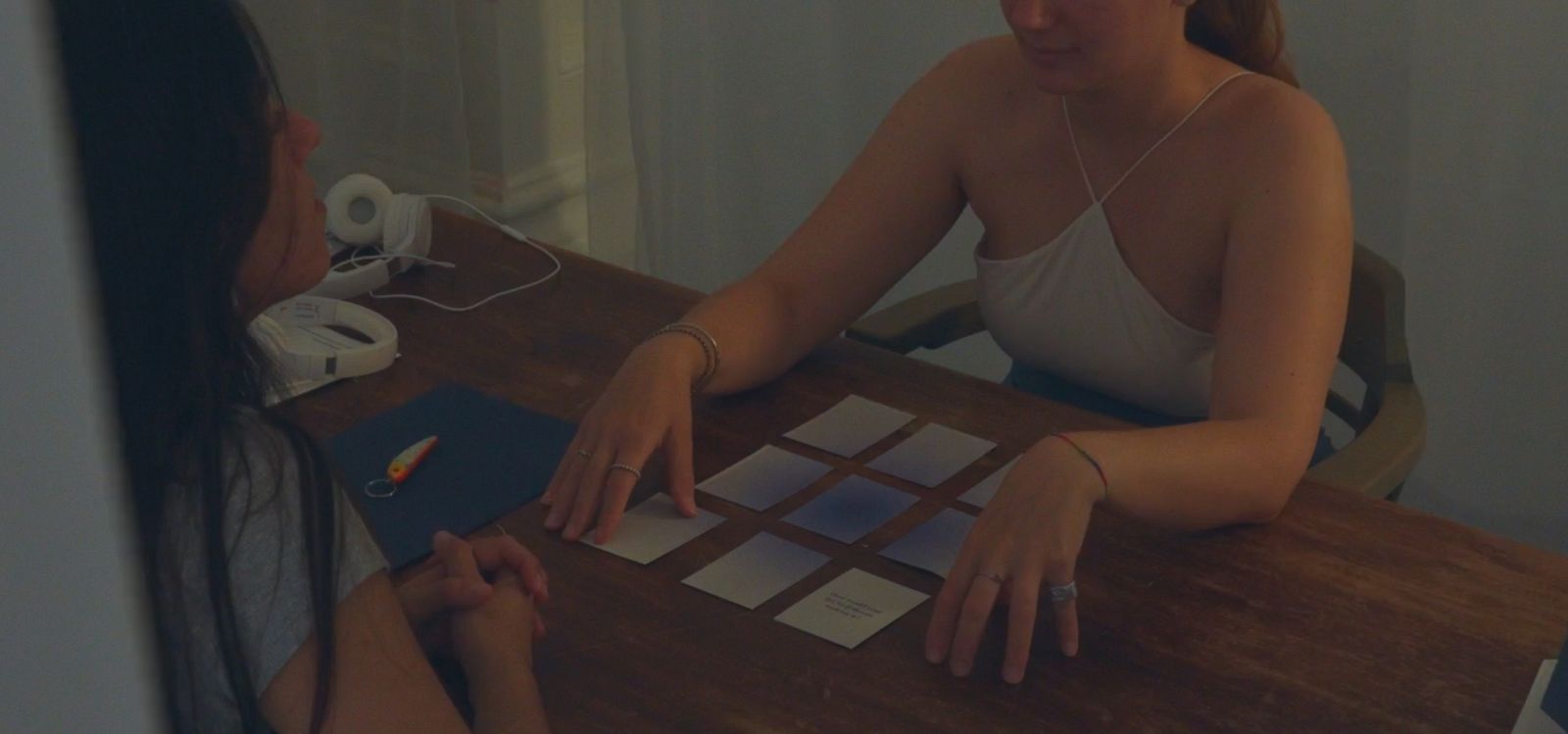
I’ve always seen objects as a means to re-live and surface collections of memories. I used to refer to these kinds of items as souvenirs, however, through Beverly Gordon’s text The Souvenir: Messenger of the Extraordinary, it became evident that the appropriate word for an object that addresses tangible memories is ‘memento’. The fascination of mementos lies in the fact that what makes them unique is their transformation from an ordinary object to a bearer of memories, and that this can only be determined by those who possess them. As a result, the stories hidden in and intertwined with these objects can be brought to the surface by those who own them.
Reading Mementos aims to reveal the abundance of information that can be found in unpacking why we hold onto certain objects, and the intangible value held inside these motivations. Through my research it became evident that the reason why someone keeps certain objects is rooted in their identity, heritage, and personal stories, not the object itself.
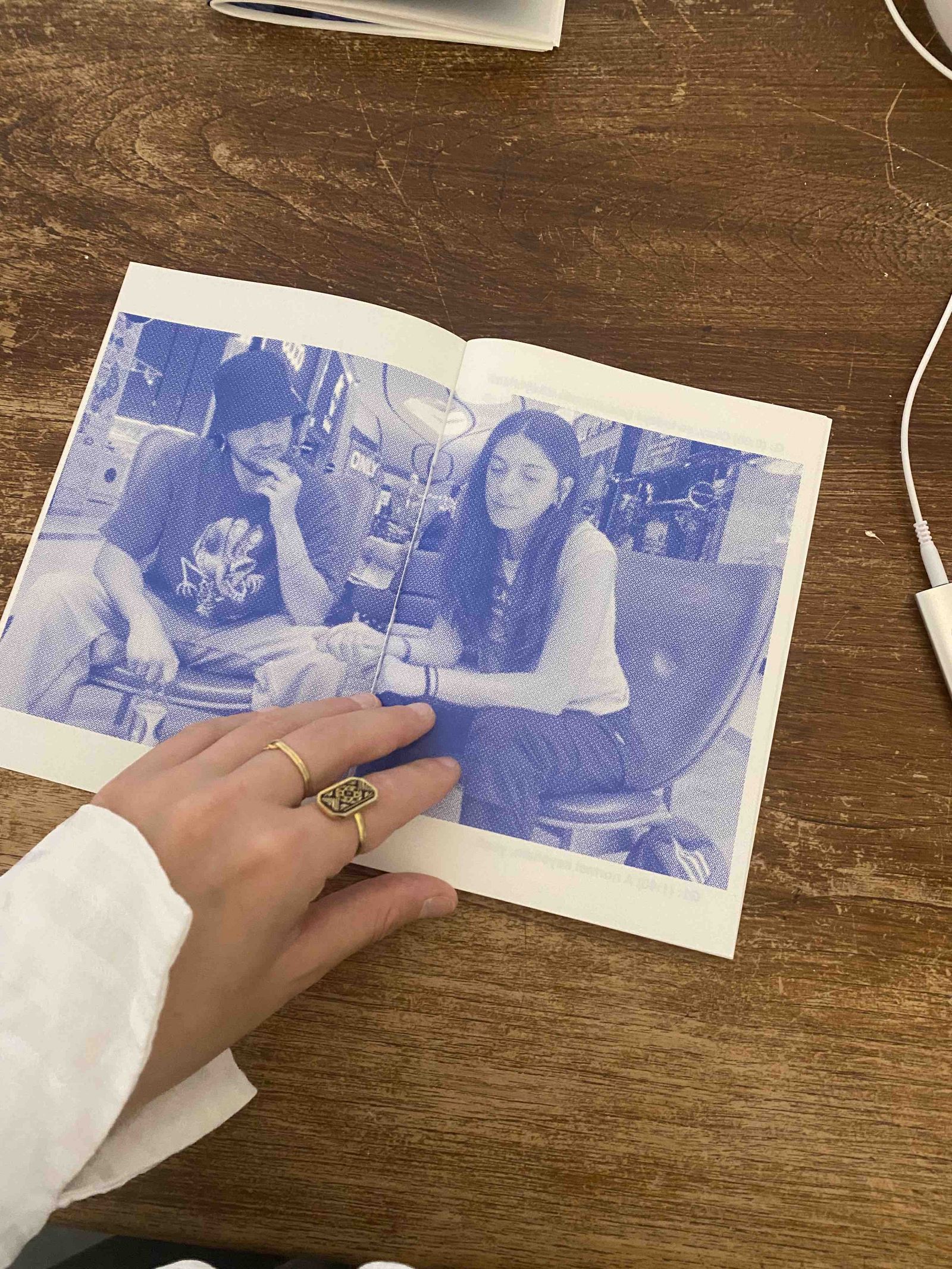

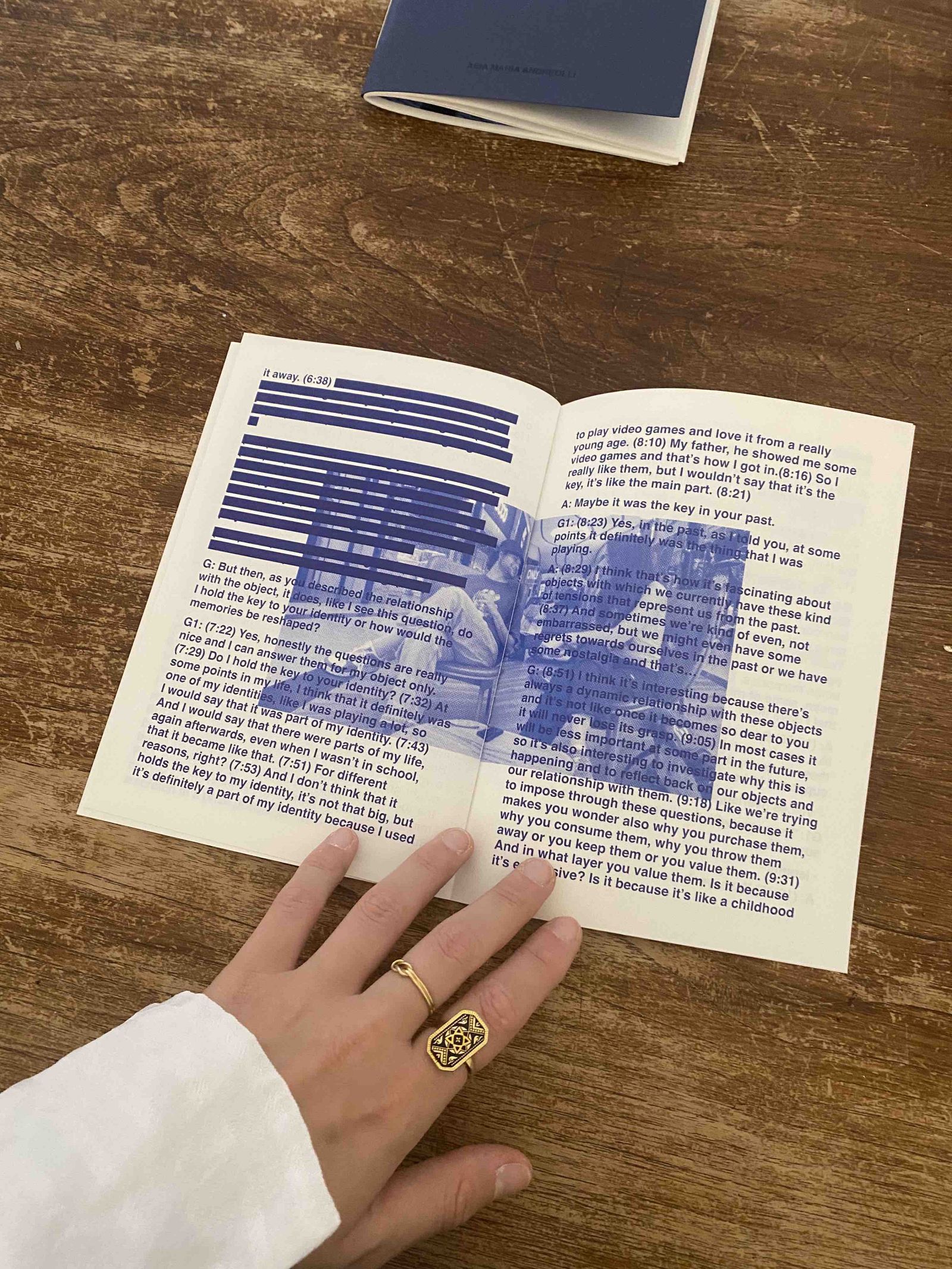
As an industrial designer navigating the established expectations of the industry, designing value, and in this case of 'obsolete' items, and not praising the 'new', can be a challenge. The industry is commonly perceived as designing physical products that are to be mass produced. The work seeks to create lasting sentimental relationships with existing objects and focuses on the enduring power of the tangible and the remembered.
Through my studies, and particularly in this most recent research, I have learnt to un-learn and to question the knowledge that I previously considered as an unmovable pillar. Reading Mementos taught me that sensitivity and emotionality are my mode of operating. Conversations, exchange, and care are necessary methods for me to pursue my goals as a designer.
